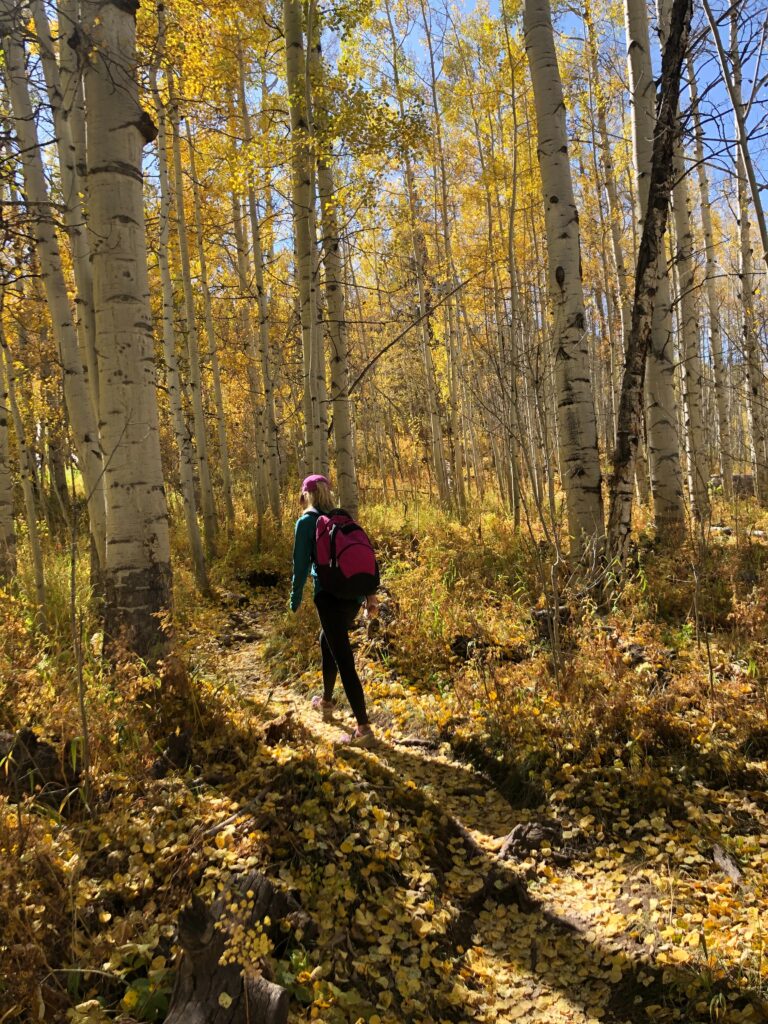
Boulder’s great daily newspaper, The Daily Camera, recently ran a piece about leaf-peeping season.
Because, you know … 2020 … this year’s spectacle of vivid transformation arrives with a twist. The underbrush, at least out by Aspen, is blood red, according to the Camera. The paper quotes an Aspen resident as saying, “I’ve never seen underbrush — primarily the oak brush and stuff like that — turn this red. It was so brilliant … that I had to slow down and take a look. It was crazy cool.”
We hope Boulder County’s underbrush offers a similarly vivid display this season. Either way, the aspens now are turning gold in the High Country, with the peak in many cases being a week away.
It’s time to point the car up, climb to the Peak to Peak Scenic Byway and beyond, and witness the annual parade of forest color.
Even when it’s warm in Boulder, the September leaf pursuit normally requires sweaters and light jackets. It’s much cooler up at 9,000+ feet. For us, the chill also demands hot tea.
We’ve got ideas.
For one thing, you will want a thermos. If you need one, we are huge fans of our Pao Thermal Mug.
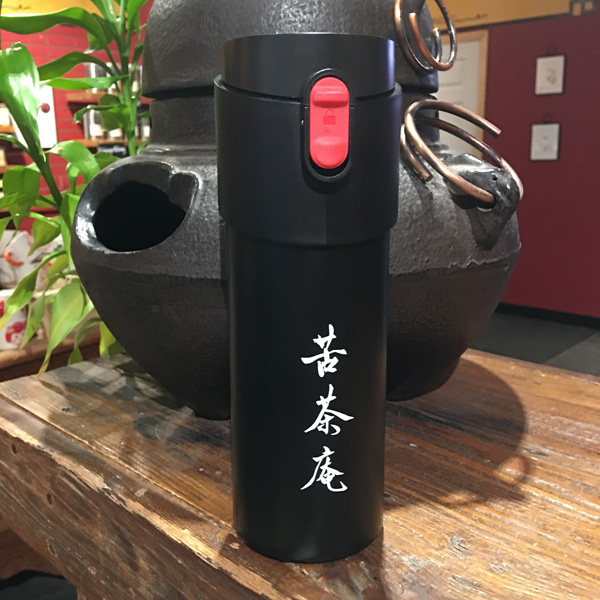
Tea lovers fill the strainer at the top of the cylindrical mug with their favorite tea. Then they fill the vessel with hot water, lock the lid in place, and turn it upside down. Once the tea is brewed — anywhere from a minute or two for most traditional teas to longer for herbal teas — people turn the mug right-side up, which immediately ceases brewing. Tea remains hot for at least 6 hours in the Pao — plenty of time for a bracing drive and walk through the aspens and underbrush.
And you will need tea for leap-peeping! Given the mountain and forest theme, we offer a trio of teas that will enliven any autumn trip to the mountains.
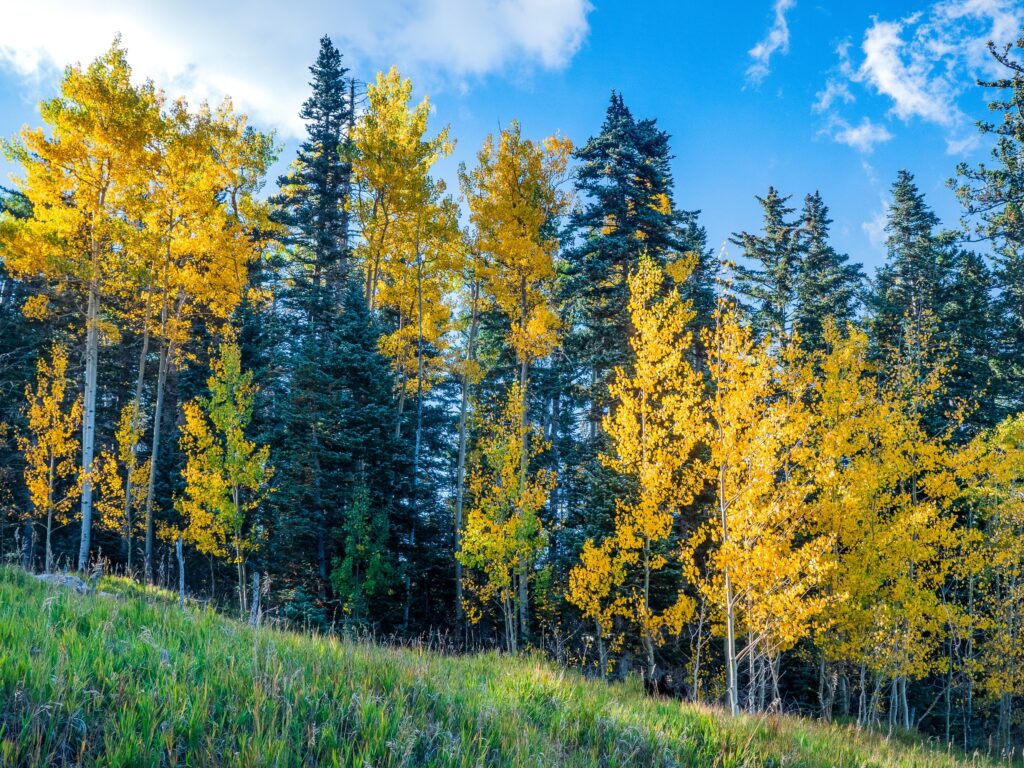
Tea for Leaf-Peeping: Organic Afternoon in the Aspens
We are so serious about leaf-peeping that we crafted a custom herbal blend specifically for the activity. Organic Afternoon in the Aspens tea warms and refreshes, without caffeine.
This elixir combine lemongrass, lemon verbena, rosemary and licorice root. Both the lemongrass and the lemon verbena deliver pleasing and different lemon profiles to the tea. The rosemary is the perfect complement to the lemon — many Mediterranean dishes pair the two. And the licorice adds a touch of sweetness, although the root (we aren’t talking about candied licorice) is not sweet. The combination adds zip to our steps, and it also aids with digestion.
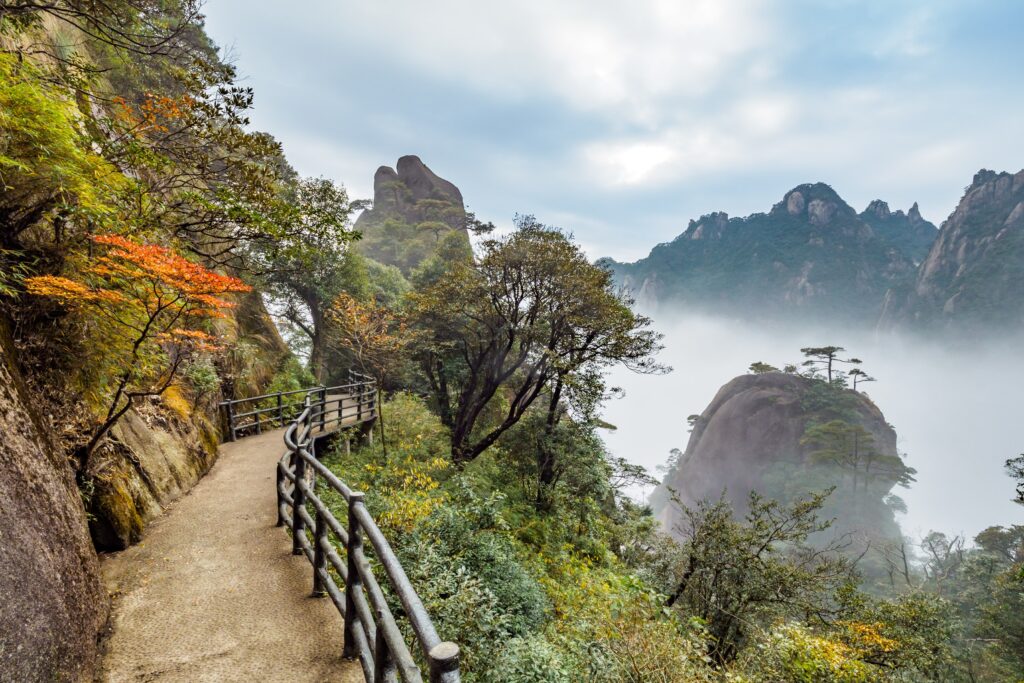
Tea for Leaf-Peeping: Cloud Forest White
We came up with the name for this bespoke blend because sipping it reminds us of a walk in the forest. Cloud Forest White tea includes several flowers, including osmanthus, a shrub native to much of Asia. The Latin name for the shrub is Osmanthus fragrans, which reveals one of its pleasures — fragrance! The tea also includes rosehips — which we find in Colorado mountains — and the aromatic herb calendula.
White tea anchors this beautiful combination of natural ingredients. As the least-oxidized of all teas, white tea complements the other ingredients with subtle perfumes and flavors. It offers caffeine, too.
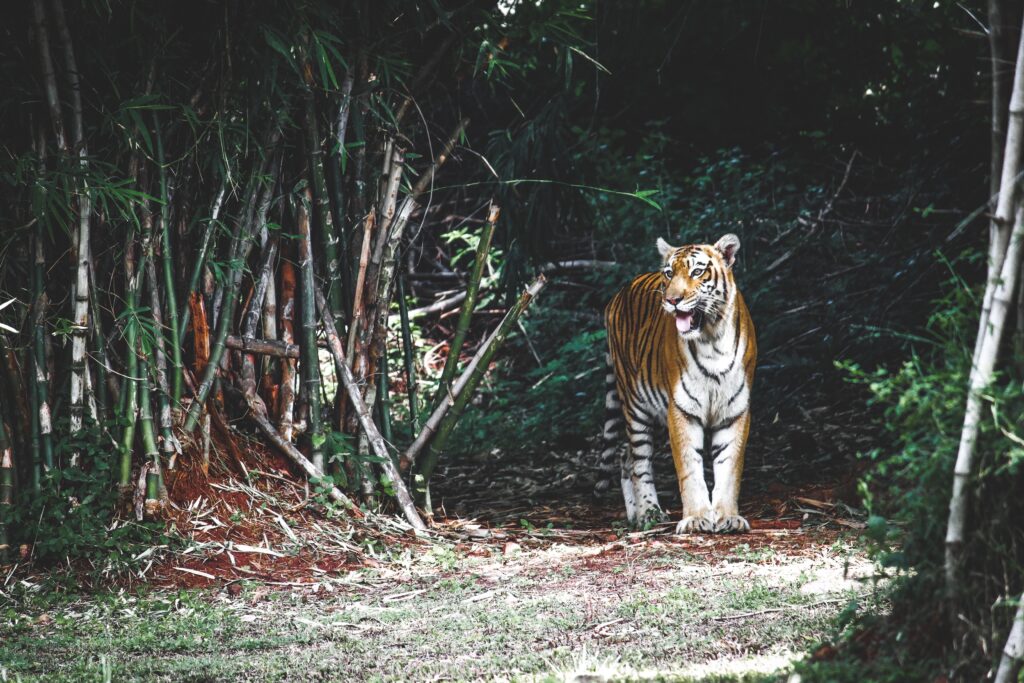
Tea for Leaf-Peeping: Tiger Mountain (Raw Pu-Erh)
An autumnal mountain trip is not complete without a tea grown in mountains! Fortunately, Tiger Mountain tea is much more than a tea grown at elevation — it also is intoxicatingly delicious and complex.
Tea artisans in LinCang, Yunnan Province, harvest these wild tea leaves from Tiger Mountain. This part of China, far south and near Myanmar and Laos, has many mountains. The average elevation of the county is nearly 5,000 feet, which is equivalent to Boulder. However unlike Boulder, and despite the elevation, LinCang is hot and humid.
It’s a perfect climate and terroir for outstanding tea cultivation. In fact, the world’s oldest cultivated tea tree, which is 3,200 years old, is found in LinCang.
Tiger Mountain, like most raw pu-erhs (which are fermented teas), offers complexity. A sip of this is no straightforward (and awesome) jolt of English Breakfast or bancha. Instead it suggests forests in the fall. It’s earthy. We think of mushrooms (in a great way), and the aroma of a stream bank dappled with fallen leaves. Wet stone. It’s bright, too, offering a noticeable pear fruitiness.
Tiger Mountain has an especially strong Cha Qi (tea energy), which is prized in China. You will prize Tiger Mountain’s Cha Qi, too, as you hike through tunnels of gold leaves.
Enjoy your time among the aspens, friends!

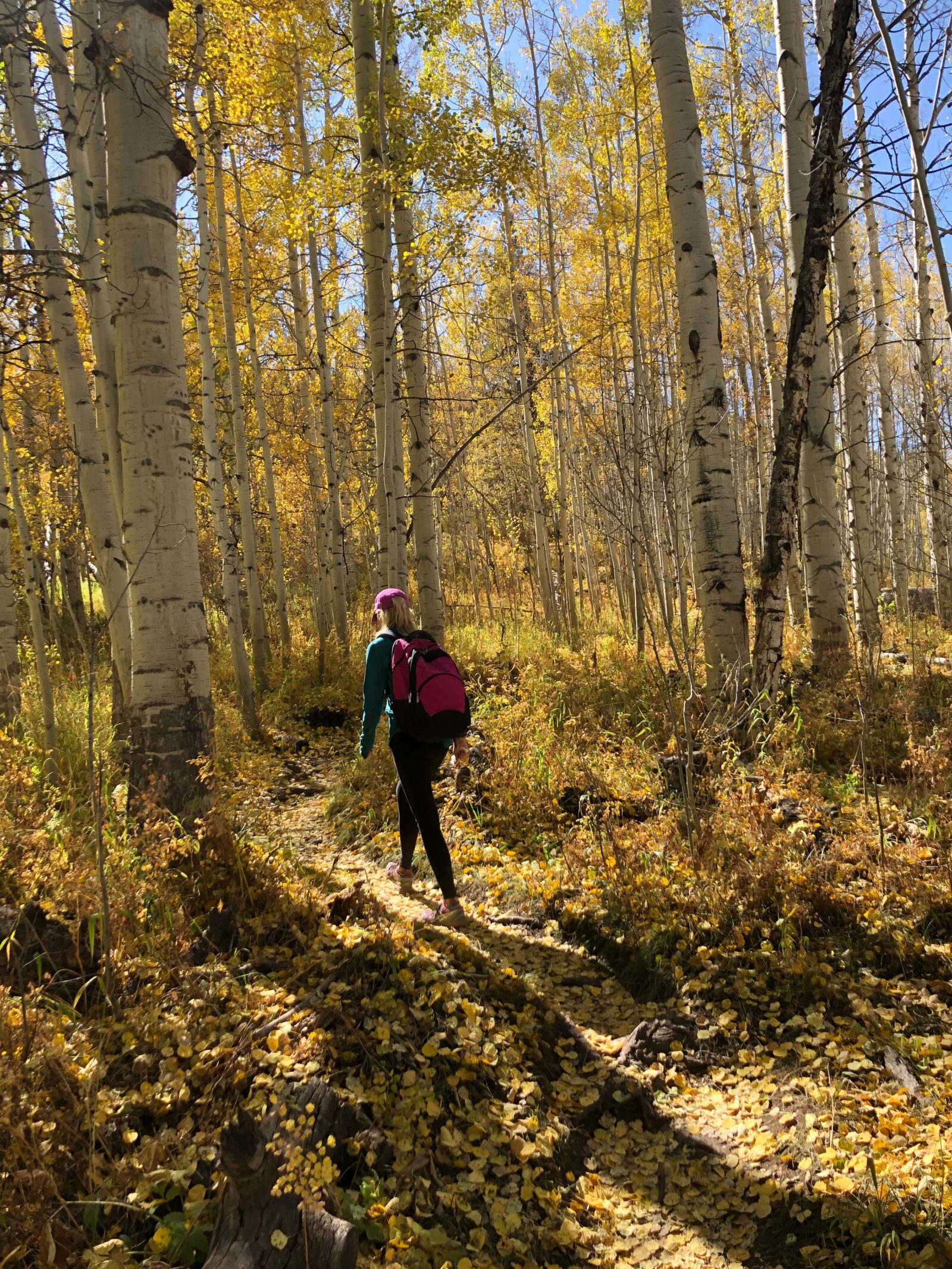
I am a summer/Fall resident and just found your website. I am enthralled with how creative and informative your posts read. Will be in soon to shop!
Claudia Karafotas
Thank you!